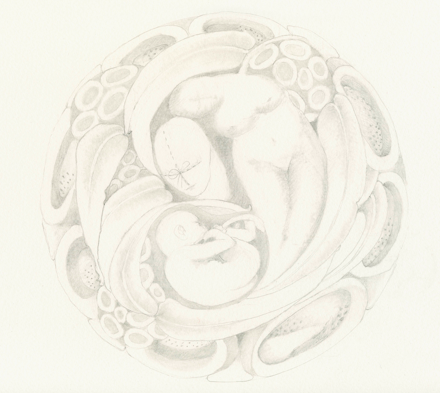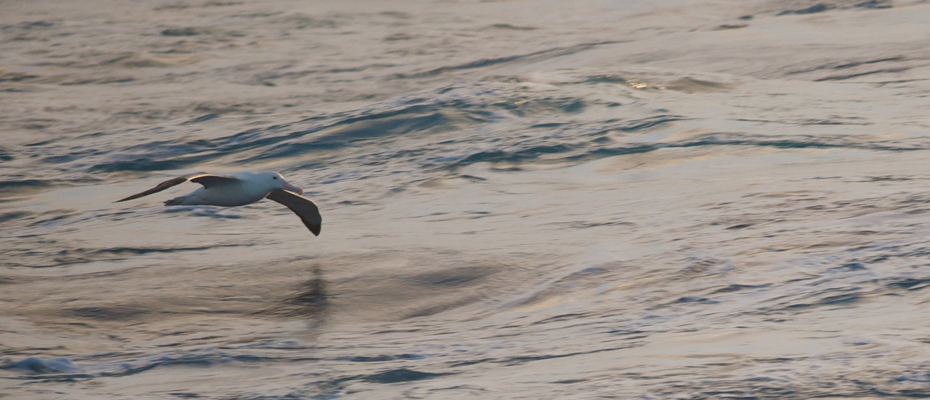Why Lynchpin?
The intricate and painstaking task of sampling and data collection, observation and interpretation involved in science research, reveal extraordinary information about the interconnections and balance of the natural environment on which we depend.
The role of the oceans is central to this balance, yet little understood in the community as a whole; the important ‘symptoms and signs’ of change not universally received.
Lynchpin supports Marine Science research.
Lynchpin Scholarships offer a meeting place between disciplines – ocean science and the arts.
Lynchpin is an invitation to dialogue; a space where scientists articulate their science to communicators working in a different genre – an experiment of a different kind.
The Lynchpin site will highlight aspects of ocean science through the research of our scholarship holders and the response of arts collaborators.

The program is endorsed by the University of Tasmania’s Institute for Marine and Antarctic Studies
(IMAS) – translating nature into knowledge.
Hear Professor Mike Coffin, Executive Director of IMAS, explain more about the Institute at Learn More.
The Science
The Significance of the Southern Oceans
Tasmanian sits on the edge of an area of significance to global ecosystems:
The Southern Ocean is a key area of exchange of carbon dioxide with the atmosphere – the so-called ‘biological pump’.(2)
About half of all carbon dioxide released by human activities is now found in the world’s oceans and about a third of this has been taken up in the Southern Ocean. As carbon dioxide continues to dissolve in the ocean it increases ocean acidity, making it harder for some marine organisms to form shells and the organisms may be unable to function properly… (3)
Visit the Antarctic Climate and Ecosystems Cooperative Research Centre site to find the latest updates on Southern Ocean Circulation, the Southern Ocean Carbon Sink and much more.
The Acid Test: Ocean acidification – connecting science, industry, policy and the public
Dr Donna Roberts (ACE CRC) discusses the impact of ocean acidification
Of concern is a recent finding of a drop of 35% in skeletal weight in a researched pteropod species of the Southern Ocean.
These ecological changes in turn reduce the capacity of the ocean to absorb carbon dioxide. The Southern Ocean contains more carbon dioxide than other oceans because cooler water absorbs more carbon dioxide than warmer water. Thus the impacts of ocean acidification will appear first in the Southern Ocean. (3)
The Southern Ocean is a biogeochemical ‘harbinger’ for the impacts of acidification that will spread throughout the global ocean.(4)
The world’s oceans have a remarkable capacity to absorb heat and carbon dioxide. More than 90% of the extra heat energy stored by the planet in the last 50 years, and about 30% of the carbon dioxide released by human activities over the same period has been absorbed in the ocean. By absorbing heat and carbon dioxide, the oceans have slowed the rate of climate change.
The Southern Ocean, which connects the Atlantic, Indian and Pacific Oceans, is defined variously in different studies. Here we consider it as that region south of 30°S (Bindoff et al., 2007). This latitudinal band stores more heat and carbon dioxide than any other latitude band on Earth. The dominant influence of the Southern Ocean on global climate and the carbon cycle is the result of the unique ocean currents in this region, which efficiently transfer heat and carbon from the surface to the deep ocean.
Given the critical role of the Southern Ocean in the Earth’s climate system, changes in the Southern Ocean have global ramifications. In fact, changes are already under way. The Southern Ocean has warmed and freshened, become more acidic and ocean circulation patterns have changed. Changes in marine ecosystems in the Southern Ocean have been linked to these changes. (5)
“The ocean is … a chemical reactor….” (6)
The ocean is … a chemical reactor. CO2 goes into the ocean. It is fixed by plants or deposited as calcium carbonate, and through the very large-scale circulations of water around the planet (the ocean) is essentially processing the atmosphere and keeping the planet habitable. (6)
Professor Ove Hoegh-Guldberg, Global Change Institute Director, University of Queensland, from the David Attenborough documentary Death of the Oceans.
Acid Test: The Global Challenge of Ocean Acidification
This groundbreaking film by the Natural Resources Defense Council: features Professor Ove Hoegh-Guldberg, Global Change Institute Director, University of Queensland as well as representatives of the Carnegie Institute, Stanford University etc. The documentary explores the startling phenomenon of ocean acidification, which may soon challenge marine life on a scale not seen for tens of millions of years. Understand a range of important facts that place our Industrial Age and its impacts within the history of the planet; understand those impacts on the oceans over the last 250 years, and particularly in the past 50 years, as they have absorbed both heat and 530 billion tons of CO2, triggering a 30 percent increase in ocean acidity.
“…the ocean is the blue heart of the planet…” (7)

Speaking on a visit to Australia, Dr Sylvia Earle, oceanographer, explorer, lecturer, author, and known as Her Deepness because of the extraordinary number of hours she has spent in deep water ocean research, said:
I say the ocean is the blue heart of the planet. The ocean keeps us alive. How much of your heart do you want to protect. . .?
We should look at the ocean with respect and use it with great care. . .
We’re all using the ocean waters with every breath we take, every drop of water we drink. The ocean delivers to us, not in terms of pounds of fish, but in life itself; and that we need to acknowledge.(8)
Eyes Wide Shut © SJ Anderson
TED Prize for Dr Sylvia Earle
Watch Dr Earle share ocean facts and images as she makes her TED Prize speech.
References
(1) Mitchell, Alanna (2008), Seasick: the hidden ecological crisis of the global ocean, Pier 9, p.82.
(2) Scott, Fiona J. & Marchant, H. J., (Eds, 2005), Antarctic Marine Protists, Australian Biological Resources Study, Canberra, p.2.
(3) Australian Antarctic Division : Ocean Acidification and the Southern Ocean Website.
(4) Position Analysis: CO2 Emissions and Climate Change: Ocean Impacts and Adaptation Issues; ACE Antarctic Climate & Ecosystems Cooperative Research Centre.
(5) ACE CRC OCEANS POSITION ANALYSIS 2011: Climate Science for Australia’s Future: Position Analysis: Climate Chance and the Southern Ocean, Antarctic Climate & Ecosystems CRC, released 28 November, 2011. Download the full Oceans Position Analysis 2011; see also http://www.acecrc.org.au/Research/Ocean%20Acidification
(6) Hoegh-Guldberg, Prof O., Director, Global Change Institute, University of Queensland, quote from the BBC documentary Death of the Oceans, (2011).
(7) Hear the full interview with Dr Earle, on ABC Radio National Breakfast, 22nd November 2011.
